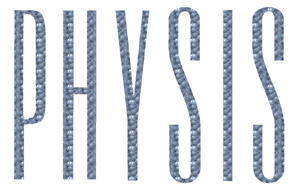The term congenital dyschromatopsia (colorblindness) refers to color vision genetic deficiency, whose prevalence rate is 6 to 10% among men. This study investigated the perceptions of subjects with congenital dyschromatopsia regarding diagnosis, their difficulties and coping mechanisms of the condition. This research was carried out using a clinical-qualitative methodology, in which 13 male university students took part, consisting of a purposeful sample concluded by theoretical saturation. Data were collected by conducting semi-structured individual interviews. Reports were recorded, transcribed and a corpus was made investigated by the technique of thematic categorical content. Participants reported objective and subjective difficulties with didactic material, teaching practice, interactions with colleagues and teachers, already from the beginning of their secondary socialization. Subsequently, difficulties in decoding traffic lights were mainly reported. Participants developed some coping skills to face these challenges, but await actions to be initiated by the Brazilian government to meet their social, education and labor needs.
vision disorders; color vision; color vision defects; qualitative research

 Thumbnail
Thumbnail
 Thumbnail
Thumbnail
 Thumbnail
Thumbnail
 Thumbnail
Thumbnail
 Thumbnail
Thumbnail




